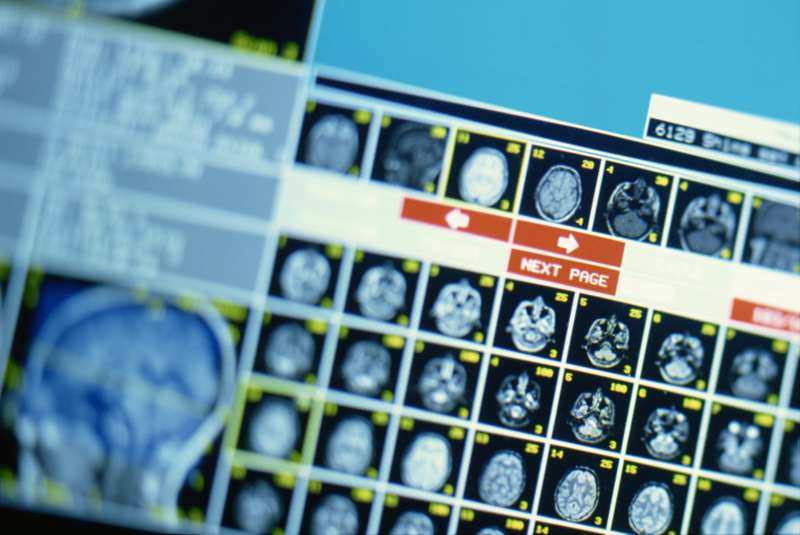
Here are some of the latest health and medical news developments, compiled by the editors of HealthDay:
Small Decrease In Medicare Advantage Premiums Next Year
The average monthly premium for Medicare Advantage plans will drop by 1 percent next year to about $35, Medicare officials said Tuesday.
However, some seniors enrolled in the private plans through Medicare will pay a little less while others will see higher premiums. Advocates encourage beneficiaries to shop around when the open enrollment season starts on Nov. 15, the Associated Press reported.
About 11 million seniors (one-quarter of Medicare beneficiaries) are signed up in Medicare Advantage plans and enrollment will increase by 5 percent in 2011, according to Medicare projections.
Under the new health care law, payment rates to insurers who run the programs are frozen for 2011 and significant reductions in payments will occur in a few years, the AP reported.
—–
Emergency Preparedness Levels Improve: CDC
Significant improvements in public health emergency preparedness and response capabilities have been made by state and local health departments in recent years, says a report released Tuesday by the U.S. Centers for Disease Control and Prevention.
For example, nearly 90 percent of states and localities have the ability to activate and rapidly staff their emergency operations centers for drills, exercises or real incidents.
Among the other findings:
- Nearly 90 percent of state and local biological laboratories in the Laboratory Response Network (LRN) could be reached 24/7, and 94 percent of the labs passed proficiency tests for detecting biological agents.
- About 72 percent of LRN chemical laboratories were proficient in core methods for detecting and measuring exposure to chemical agents, and more than half were proficient in other methods considered important for responding to chemical emergencies.
The report also noted a number of key challenges, including adequate funding, infrastructure and training to prepare for outbreaks and other public health emergencies that may occur simultaneously.
—–
Distracted Driving A Major Problem
Tougher laws and increased enforcement are among the measures needed to reduce the number of fatalities caused by drivers who are distracted by cell phones and other devices, U.S. government officials said Tuesday at a summit on distracted driving.
“Every time someone takes their focus off the road — even if it’s just for a moment — they put their lives and the lives of others in danger,” said Transportation Secretary Ray LaHood, the Associated Press reported.
Last year, nearly 5,500 people in the U.S. were killed in distracted driving crashes.
Currently, 30 states and the District of Columbia forbid drivers from texting while driving and eight states prohibit drivers from using handheld cell phones. But LaHood noted that car makers continue to introduce in-vehicle technology that can distract drivers.
“Features that pull drivers’ hands, eyes and attention away from the road are distractions,” LaHood said. He plans to meet with car makers to develop new safety guidelines for technology in vehicles, the AP reported.
—–
Being Obese Is Expensive: Study
The annual cost of being obese is $4,879 for a woman and $2,646 for a man, while the cost of being overweight is $524 for a woman and $432 for a man, a George Washington University study released Tuesday shows.
The totals include medical bills, lost wages and productivity and even the need for extra gasoline, the Associated Press reported.
One reason why being obese and overweight may be more costly for women is because larger women earn less than skinnier women, while men’s wages aren’t affected by their weight, said study co-author and health policy professor Christine Ferguson.
When she and her colleagues also factored in lost years of life associated with being too heavy, the annual cost of obesity increased to $8,365 for women and $6,518 for men, the AP reported.
The study was funded by a company that makes gastric banding, a type of weight-loss surgery.
—–
Many Teens Discount Dangers of Texting While Driving: Survey
Many American teens consider texting while driving to be less dangerous than drinking and driving, even though research shows the two can be equally serious, a survey released Monday found.
The poll of 697 teens aged 14 to 17 found that only 36 percent strongly agreed that they could be killed if they regularly text and drive, compared with 55 percent who believed the same thing about drinking and driving.
The survey also found that 63 percent of the teens strongly agreed they could get into an accident if they text and drive, compared with 78 percent who believed the same thing about drinking and driving.
Teens who said they never text and drive were more likely than those who admitted to texting while driving to strongly agree they could get into an accident if they text and drive — 73 percent vs. 52 percent.
“Some teens still think the consequences of reaching for a cell phone are less severe than reaching for a beer bottle,” Laurette Stiles, vice president of strategic resources at State Farm, said in a news release. “We have a lot of catching up to do when it comes to helping teens understand that texting while driving can be every bit as dangerous as drinking while driving. It’s an awareness gap that must be addressed.”
The survey was conducted by Harris Interactive for State Farm, an insurance company.

